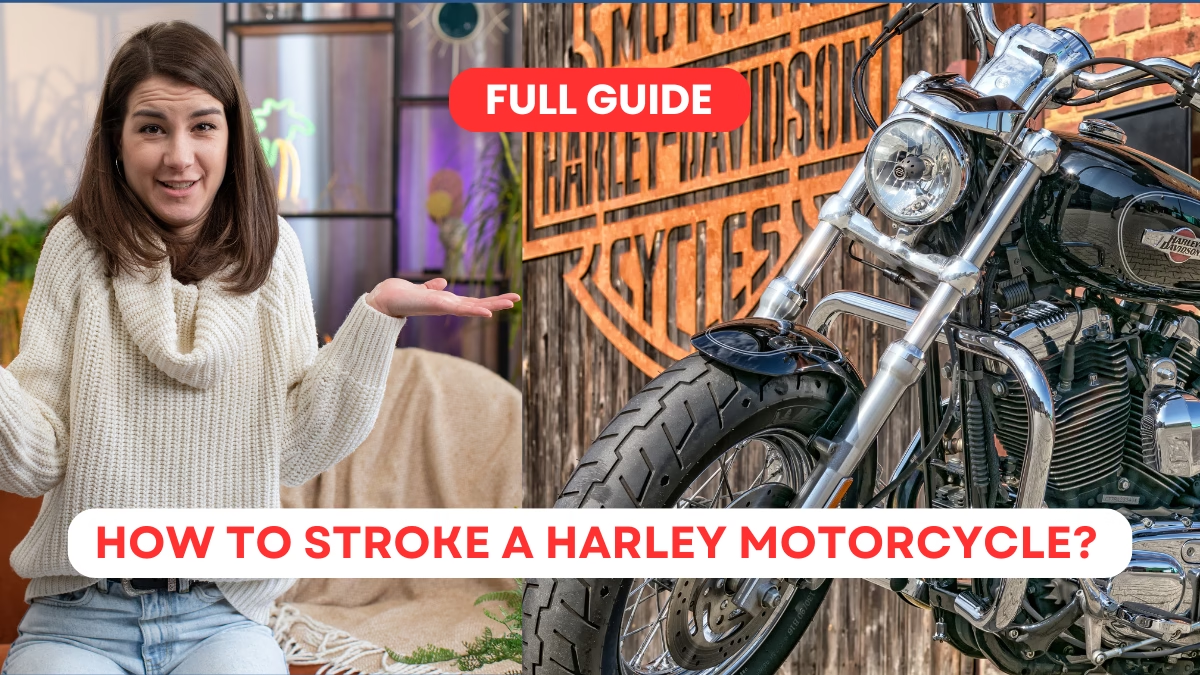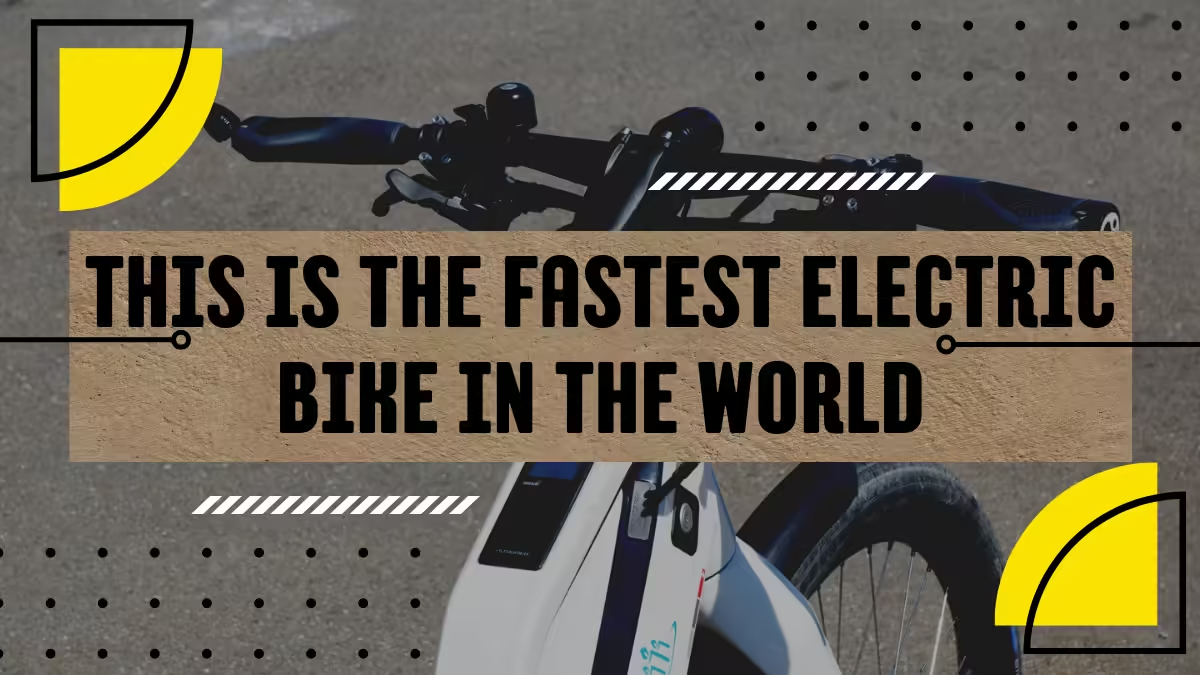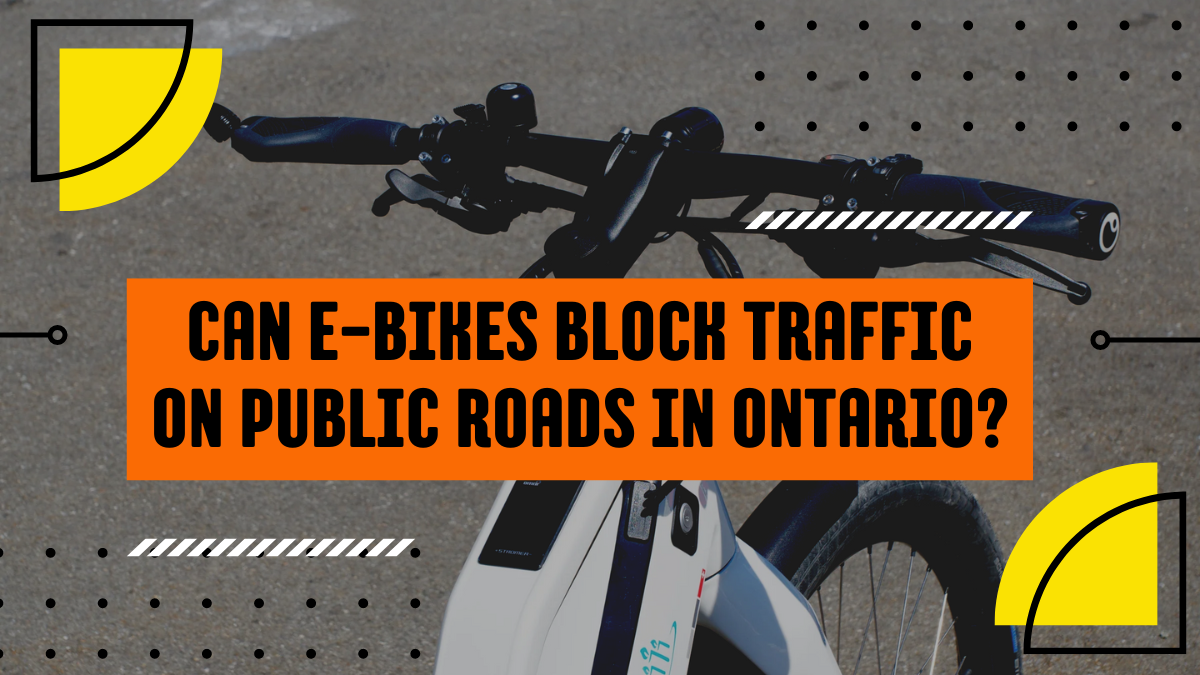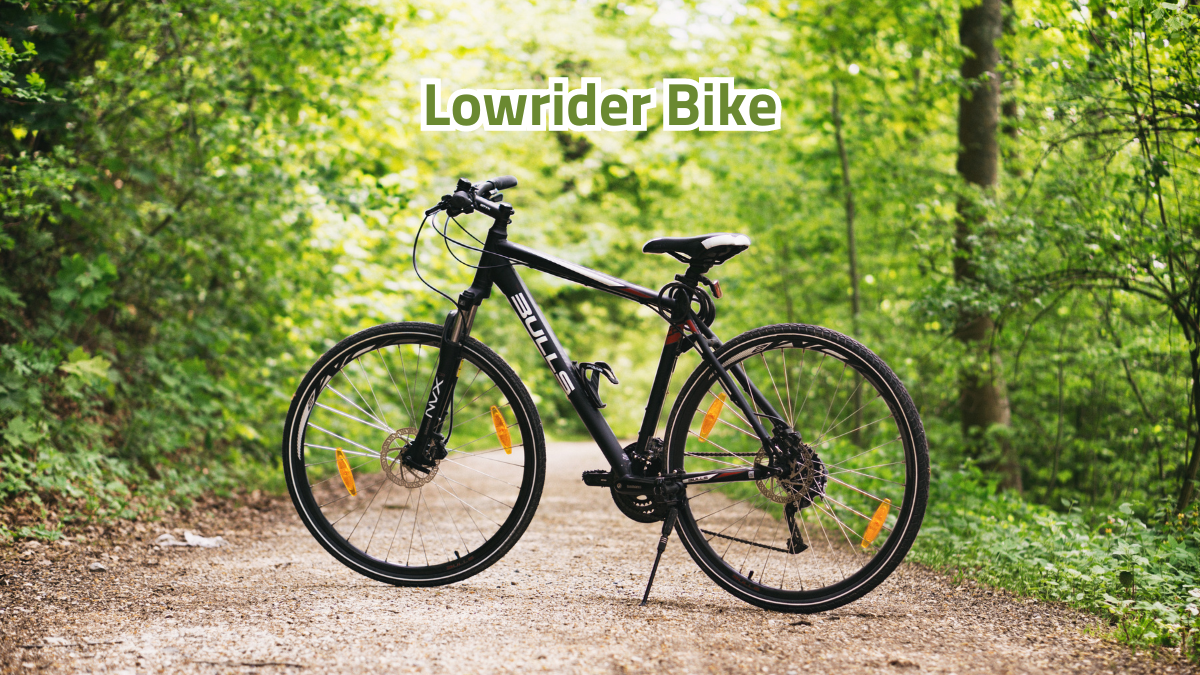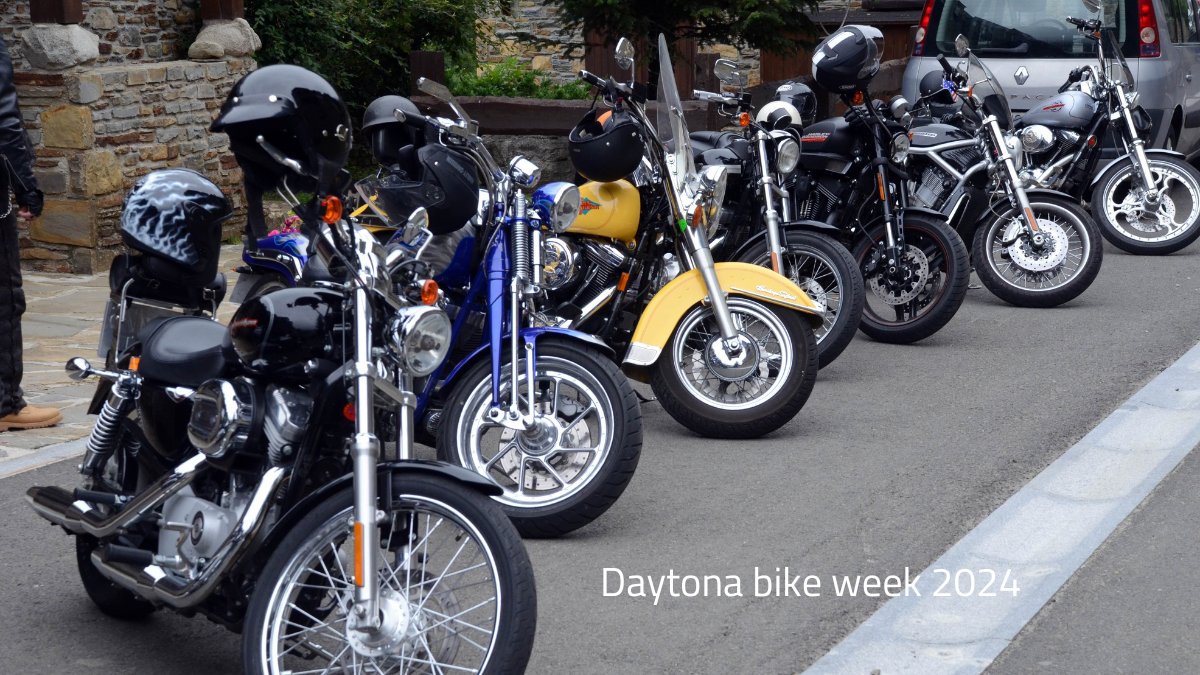How to Stroke a Harley Motorcycle
If you’ve been wondering how to stroke a Harley motorcycle, you’re probably looking to get more power, torque, and a smoother ride out of your bike. Stroking a Harley involves increasing the engine’s displacement by modifying the crankshaft, and while it sounds technical, it’s a manageable process if you know what you’re doing. Let’s break it all down step by step so you can tackle this project confidently.
Table of Contents
ToggleStroking Harley Motorcycle
What Does “Stroking” a Harley Mean?
Stroking a Harley refers to increasing the length of the engine’s stroke by replacing the stock crankshaft with a longer one. This modification increases the engine displacement, resulting in more power and torque. Think of it as giving your Harley a bigger “lung capacity” for more efficient breathing and performance.
Why Would You Want to Stroke Your Harley?
The main reason riders choose to stroke their Harley is for improved performance. A stroked engine delivers better torque at lower RPMs, which is perfect for cruising or pulling heavy loads. Plus, there’s the thrill of feeling that extra power every time you twist the throttle.
Basics of Motorcycle Engine Stroking
Engine Displacement
Engine displacement is the total volume of all the cylinders in an engine. Stroking increases this by changing how far the piston travels within the cylinder. This increased volume translates directly into more power.
How Stroking Increases Performance
By increasing the stroke length, you’re allowing the engine to burn more fuel-air mixture with each cycle. More fuel burned equals more power. It’s like upgrading your Harley’s heart for better endurance and strength.
Tools and Equipment Needed for Stroking
Essential Tools for the Job
You’ll need a comprehensive toolset for disassembling and reassembling your Harley’s engine, including:
- Wrenches and sockets.
- Torque wrench.
- Engine hoist or stand.
- Micrometer for precise measurements.
Safety Gear You Shouldn’t Skip
Don’t forget these safety essentials:
- Safety goggles.
- Mechanic gloves.
- Protective clothing to avoid burns and scrapes.
Step-by-Step Guide to Stroking a Harley Motorcycle
Prep Your Harley
Start by draining the oil, disconnecting the battery, and removing the fuel tank. You’ll need a clean, organized workspace to keep all parts labeled and accounted for.
Remove the Engine for Stroking
Carefully unbolt the engine from the frame and place it on an engine stand. Remove the cylinders, pistons, and crankshaft following your Harley’s service manual.
Install a Longer-Stroke Crankshaft
Here’s where the magic happens. Install the new crankshaft designed for a longer stroke. Ensure it’s seated correctly and aligned with the connecting rods.
Reassemble the Engine
Reinstall the pistons, cylinders, and other components. Double-check all torque specifications and make sure everything is securely in place.
Tips for a Successful Stroking Process
Choose the Right Crankshaft
Not all crankshafts are created equal. Pick one that matches your Harley model and fits your performance goals.
Get the Right Balance for the Engine
After stroking, balance the engine to prevent excessive vibrations, which could lead to long-term damage.
Common Mistakes to Avoid
Ignoring Proper Measurements
Precision is everything. Use micrometers and calipers to measure components and ensure a perfect fit.
Skipping Professional Help When Needed
If you’re stuck or unsure, it’s better to consult a professional than to risk damaging your engine.
Maintenance After Stroking
Adjust for Increased Power
Your Harley’s increased power might require an upgraded clutch, brakes, or suspension to handle the new performance level.
Keep Your Harley in Top Shape
Regular oil changes, valve adjustments, and inspections are crucial to maintaining a stroked engine.
Is Stroking Right for Your Harley?
Factors to Consider
Stroking isn’t for everyone. Consider your riding style, budget, and whether you’re prepared for the ongoing maintenance it requires.
Costs and Benefits
While stroking can be pricey, the benefits often outweigh the costs for those seeking improved performance and a unique riding experience.
FAQs About Stroking Harley Motorcycles
Can stroking damage my Harley?
Not if done correctly and with the right parts. Proper maintenance is key.Is stroking legal?
In most places, yes, but check your local regulations.How much does stroking cost?
It varies but typically ranges from $1,500 to $3,000.Do I need special fuel for a stroked Harley?
High-performance fuel can enhance performance but isn’t always necessary.Can I stroke my Harley myself?
If you have the tools and experience, it’s possible. Otherwise, consult a pro.
Conclusion
Stroking a Harley motorcycle is a rewarding project that can completely transform your riding experience. From boosting engine performance to enjoying the added torque, the benefits are undeniable for the right rider. While the process may seem daunting, having a clear plan, the right tools, and professional help when needed will ensure your project is a success. With your Harley ready to roar, all that’s left is to hit the road and enjoy the ride.
Ocean City Bike Week 2024 | Full Guide
Ocean City Bike Week 2024 is back with thrilling events, scenic rides, and everything a motorcycle enthusiast could want. Plan your trip with this complete guide to enjoy the best of Ocean City.
What is the Fastest Electric Bike?
Curious about the fastest electric bikes? This article breaks down the top-speed models, key features to watch out for, and tips for finding the best electric bike for your needs.
Can E-Bikes Block Traffic on Public Roads in Ontario?
This article breaks down whether e-bikes can block traffic on public roads in Ontario. Learn about Ontario’s e-bike laws, traffic rules, and road safety tips to ensure a smooth ride.
What Size Bike Do I Need? (Full Guide)
Wondering, what size bike do I need? Discover the key measurements and factors to consider for a comfortable and safe ride.
Lowrider Bike (2024) | A Complete Detail and Guide
Lowrider Bike Ever seen a bike cruising low and slow, decked out in flashy paint, chrome, and with a swagger all its own? That’s the magic of a lowrider bike. These bikes aren’t just modes of transport; they’re rolling art … Read more
Daytona Bike Week 2024: The World’s Largest Motorcycle Rally
Daytona Bike Week 2024: Your Ultimate Guide to the World’s Largest Motorcycle Rally Daytona Bike Week 2024 is gearing up to be one of the most thrilling events of the year, offering an unparalleled mix of high-octane fun, camaraderie, and … Read more
Kelley Blue Book Motorcycle (2024) | Full Guide
A Comprehensive Guide to Kelley Blue Book Motorcycle Welcome to our comprehensive guide on Kelley Blue Book motorcycle ! Whether you’re a buyer, seller, or simply curious about motorcycle values, this article will equip you with essential insights. Let’s dive … Read more

Exploring the World of Automobiles
Exploring the World of Automobiles Introduction Welcome to our automotive blog! Here, we dive into the fascinating world of automobiles, exploring the latest trends, technological advancements, and timeless classics that continue to captivate car enthusiasts around the globe. The Evolution

The Complete Guide to Car Ownership in America: Everything You Need to Know in 2025
The Complete Guide to Car Ownership in America: Everything You Need to Know in 2025 Whether you’re buying your first car, considering going electric, or you’re a seasoned driver looking to save money on maintenance, this comprehensive guide covers everything

Tesla Cybertruck Recall: What You Need to Know
Learn about the Tesla Cybertruck recall, its impact on delivery, and what buyers need to know about this highly anticipated vehicle.

Who Makes Genesis Cars?
Genesis cars are the luxury spin-off of Hyundai, combining elegance, technology, and affordability. Learn who makes them and why they’re so popular.

How Do You Get a Motorcycle License in the USA?
Thinking about riding a motorcycle? Here’s a comprehensive guide on how to get your motorcycle license in the USA, covering permits, training, and costs.

What is a Hybrid Car?
Hybrid cars combine the best of both worlds: gasoline engines and electric motors. Discover their benefits, types, and why they’re a smart choice for eco-conscious drivers.

How to Check Car Tax | A Complete Guide
Discover how to check your car tax quickly and easily. From online portals to offline options, our guide covers all you need to know.

Finding The Best Car Delivery Services – 5 Different Use-Cases Discussed
Over 80% of new car buyers in the U.S. have been paying above the sticker price for the past 2-3 years. Now, if you’re purchasing something at such a price, you’ll only want the best car delivery services for safe transport,

Ultimate Flying Car Unblocked | Full Guide (Play Now)
Ultimate Flying Car Unblocked Online Game! Learn its features, tips, and why it’s perfect for gamers of all ages. Enjoy unrestricted fun anytime, anywhere.
